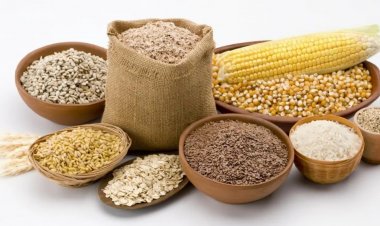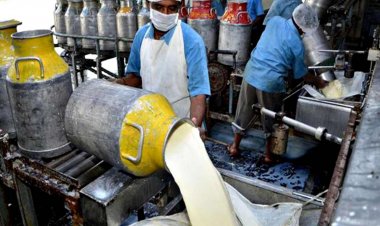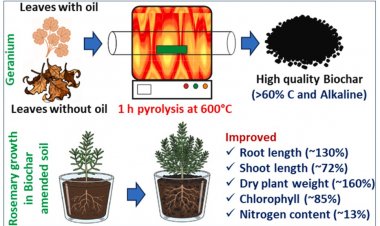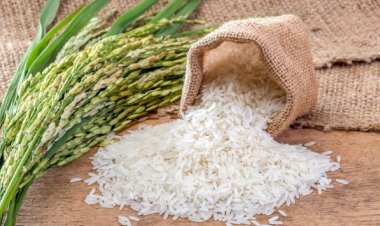Decision to regulate sugar exports to rein in prices; guidelines issued for mills and exporters
Worried by the retail inflation rate nearing double digits, the government has gone into an extra-precautionary mode to rein in prices. As a result, 11 days after the sudden prohibition of wheat exports, it has decided to regulate sugar exports. Although sugar exports have not been totally banned, they have been shifted from the “free” category to the “restricted” one. This restriction is not applicable to sugar being exported to the EU and the US under the CXL and TRQ quota.
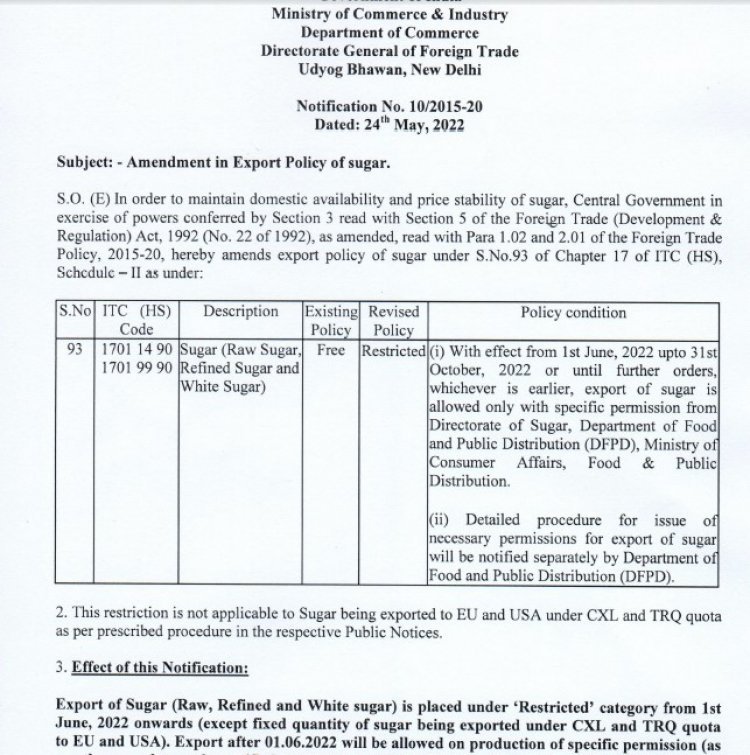
Worried by the retail inflation rate nearing double digits, the government has gone into an extra-precautionary mode to rein in prices. As a result, 11 days after the sudden prohibition of wheat exports, it has decided to regulate sugar exports. Although sugar exports have not been totally banned, they have been shifted from the “free” category to the “restricted” one. This restriction is not applicable to sugar being exported to the European Union (EU) and the US under the CXL and Tariff Rate Quota (TRQ) quota. Issuing a notification in this regard on May 24, the Ministry of Commerce said that the Directorate of Sugar under the Ministry of Food will issue guidelines for this. The control on sugar exports will continue from 1 June 2022 to 31 October 2022. However, there has been no unexpected rise in sugar prices in the domestic market recently. On May 25, the price of S grade sugar was in the range of Rs 3,220-Rs 3,250 per quintal in Maharashtra.
The reason mentioned for shifting sugar exports from the “free” to the “restricted” category is that sugar prices need to be kept stable. A similar reason had been given at the time of prohibiting wheat exports, too. But it is interesting to note that everything from sugar production to its sale takes place fully under government regulation. Thus, unlike in the case of wheat, the government has accurate data for the production, stock and sales of sugar. Given this, the government’s decision comes as a surprise in view of the record 350 lakh tonnes (lt) of sugar production in the current crushing season (October 2021–September 2022). The domestic consumption is about 270 lt. That leaves a production surplus of 80 lt. On 1 October 2021, the stock of sugar that remained from last year stood at 85 lt. Given this scenario, a move like imposing a ceiling of 100 lt on export cannot be considered normal.
The government gave subsidies on sugar export until last season so that sugar mills could clear the farmers’ dues. The sugar prices were very low then in the domestic and international markets. In order to improve the situation, the government had implemented the Minimum Sale Price (MSP) mechanism for sugar to check the steep decline in domestic prices and the MSP was even increased last year. On the other hand, sugar exports increased fast due to the rise in sugar prices in the international market. The reason behind this was that sugar production fell in Thailand and Brazil last year.
Sugar mills issued guidelines through a memo
The Directorate of Sugar has issued a memorandum to the sugar mills conveying to them the conditions for exports besides apprising them of the current situation. The memo says that 100 lt of sugar exports will be allowed for the current sugar season 2021-22. Contracts for export of about 90 lt have been signed so far. Of this, about 82 lt of sugar has been dispatched from sugar mills for export and approx. 78 lt has been exported. The export of sugar in the current sugar season 2021-22 is historically the highest. In sugar seasons 2017-18, 2018-19, 2019-20 and 2020-21, only about 6.2 lt, 38 lt, 59.60 lt and 70 lt of sugar were exported.
The memo says that all sugar mills will have to submit the dispatch of sugar for export on the portal of the Directorate daily till May 31. They would need to submit consolidated figures on June 1 to sugarexports-fpd@gov.in or cdsugar.fpd@nic.in. If these details are not submitted, the application for Export Release Order (ERO) will not be considered. Sugar mills are required to apply to the government seeking approval for dispatch of sugar for export or deemed export from June 1 onwards.
Sugar mills will have to apply for ERO on the National Single Window System (NSWS) portal. The application may also be sent through email. A copy of the contract/sale-purchase agreement with the exporter or of that for direct export to the foreign buyer will have to be submitted along with the application. The mill will have to dispatch sugar within 30 days of the approval. The quantity approved for export will be apart from the sugar released for domestic consumption every month. The sugar issued for domestic consumption cannot be dispatched for export.
Memo to sugar exporters, too; ERO valid for 90 days
The Directorate of Sugar has sent a memorandum to sugar exporters, too. It says that exports are allowed till May 31, but EROs will be issued from June 1 onwards only after taking into account the adequate availability of sugar in the domestic market. If the shipping bill has been filed for the existing export deal, the ship has reached the Indian port and the rotation number of the ship has been allocated by May 31, such vessels will be allowed to proceed for load and export without any approval or release order. But from 1 June 2022 to 31 October 2022, EROs will be issued to exporters after submitting the application.
Applications for ERO from the Directorate of Sugar will have to be submitted to NSWS. The application may also be sent through email to sugarexports-fpd@gov.in. The ERO will be valid for a maximum of 90 days.



 Join the RuralVoice whatsapp group
Join the RuralVoice whatsapp group































